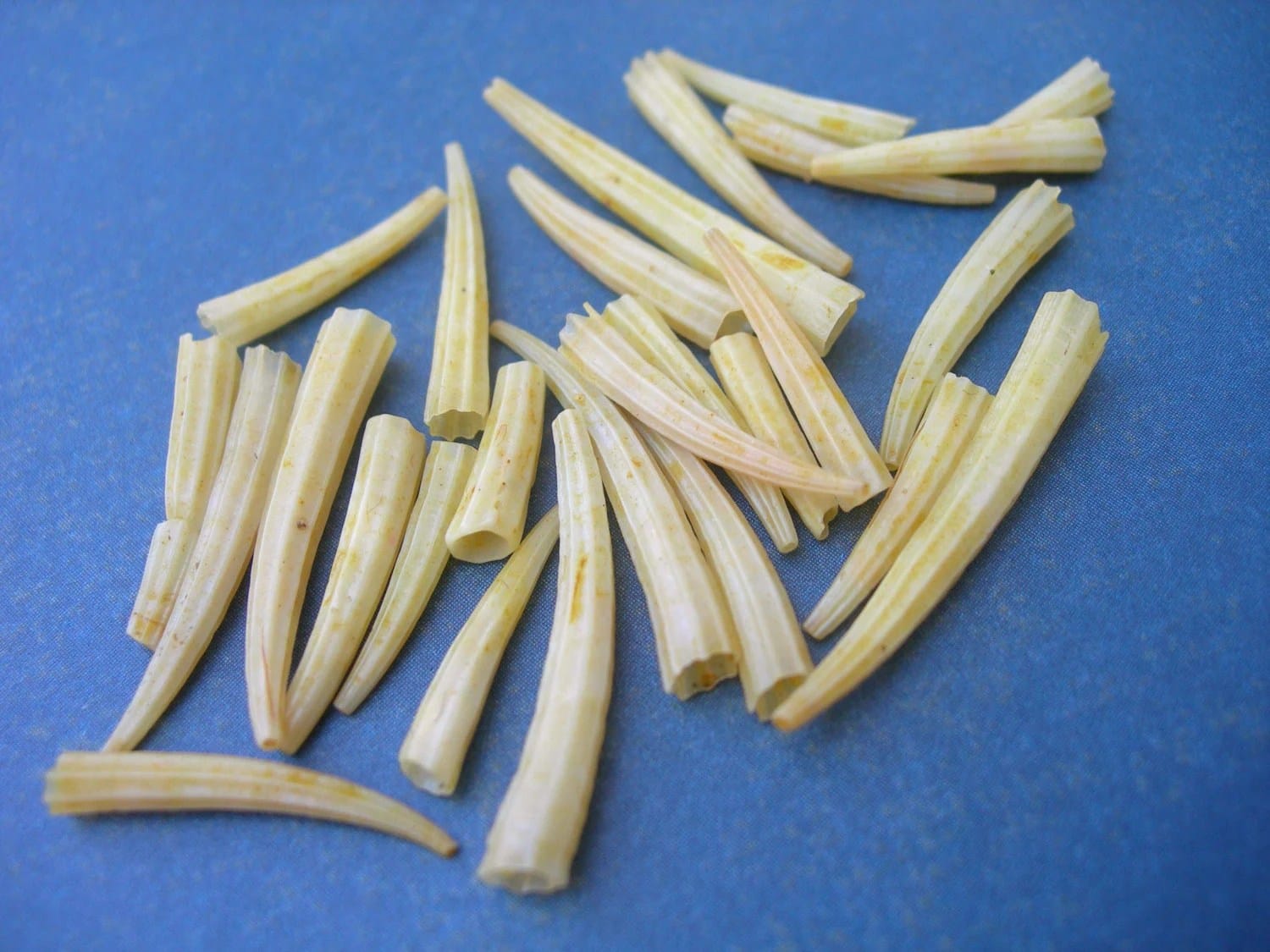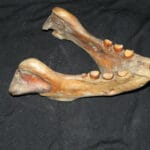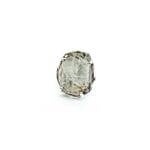Dentalium shells: Ancient treasures revered by indigenous cultures and coveted by modern collectors. More than just shells, dentalium represents currency, adornment, and spiritual significance across cultures. Discover the fascinating world of dentalium, the unique tusk-shaped shells of scaphopod mollusks.
The Allure of Ancient Currency
For centuries, dentalium shells served as more than mere adornments, particularly among Native American tribes along the Pacific Northwest. They were, remarkably, currency. Picture a world where wealth was measured not in paper or coin, but in the polished, naturally formed shells of these remarkable mollusks. Longer, pristine shells commanded higher values, much like graded coins today, establishing a sophisticated trade system that connected communities across vast distances. This shell-based economy underscores the ingenuity of these cultures, demonstrating their ability to create complex value systems within their environment. The shells even facilitated long-distance trade, connecting coastal communities with inland groups who desired these prized objects. For instance, dentalium shells from the Pacific Coast have been found as far east as the Great Plains, highlighting their importance in intertribal commerce. Seek out the amazing ferrel’s for astonishing visions of marine life.
Spiritual Symbolism and Ceremonial Use
The importance of dentalium extended beyond trade. These small, tooth-like tubes held deep spiritual meaning. Archaeological discoveries in the ancient Levant reveal dentalium shells placed alongside the deceased, suggesting a possible link to beliefs about the afterlife, perhaps symbolizing a journey or providing spiritual protection. Among some indigenous traditions, dentalium shells played vital ceremonial roles. Shamans might incorporate them into their regalia, imbuing rituals with sacred power, or they might adorn the clothing of prominent tribal figures, signifying status and spiritual connection. These practices, passed down through generations, highlight the profound respect these cultures held for the natural world and its treasures.
Dentalium in Modern Times: Jewelry and Collections
Even today, the allure of dentalium remains strong. Contemporary jewelers feature these ancient treasures in modern designs, transforming them into striking necklaces, earrings, and bracelets. Their unique, natural elegance blends ancient beauty with contemporary style. For collectors, dentalium shells are prized possessions, meticulously curated and displayed. Rarer specimens, distinguished by unusual markings or exceptional length, can be highly valuable, much like rare stamps or coins. Their enduring appeal testifies to the timeless beauty and cultural resonance of these small but significant objects.
Caring for these Treasures
Preserving dentalium shells is essential to maintaining their beauty. Treat them as delicate artifacts, avoiding harsh chemicals and abrasive cleaners. A soft, damp cloth is sufficient for cleaning. Store them in cool, dry places away from direct sunlight, ideally in soft cloth bags or boxes lined with acid-free paper to prevent discoloration and preserve their natural luster.
Dentalium Shells: An In-Depth Look
What exactly are dentalium shells? They are the protective homes of scaphopod mollusks, belonging to the Dentalium genus within the family Dentaliidae. There are approximately 50 extant species and another 50 known from fossil records. The name “dentalium” comes from the Latin “dentis,” meaning “tooth,” a fitting description of their slightly curved, tubular shape. These shells can vary in size and color, ranging from a pristine white to subtle shades of ivory or even light pink. They are smooth and glossy, adding to their appeal as decorative objects.
Indigenous Uses of Dentalium: Beyond Decoration
Dentalium shells played a multifaceted role in the lives of many indigenous communities, far beyond their aesthetic appeal. For tribes along the western coast of North America, from Alaska down to Southern California, these shells were an integral part of their culture and economy.
- Currency: Dentalium shells functioned as a standardized form of money, enabling trade and economic exchange. Larger shells often held higher value.
- Adornment: Incorporated into jewelry, clothing, and ceremonial regalia, dentalium shells added beauty and conveyed social status.
- Spiritual Significance: The shells held symbolic meaning, representing wealth, prestige, or connections to the spiritual realm.
- Trade Goods: Dentalium shells served as valuable trade commodities, exchanged for essential goods, materials, and even luxury items. This trade fostered connections and communication between diverse groups. The trade in dentalium likely influenced cultural exchange and the spread of ideas and technologies.
Locating Dentalium: A Global Treasure
Dentalium shells are found worldwide in marine environments, although some regions boast larger populations than others. Scaphopods, the mollusks that inhabit these shells, burrow into soft substrates like sand, mud, or gravel, preferring habitats from shallow coastal waters to the depths of the deep sea. The Pacific Coast of North America, from Alaska to Southern California, is a well-known habitat for several dentalium species. The Indo-Pacific region, encompassing the waters around Asia, is another significant area for these mollusks. Shells from this region are often smaller and more delicate than their North American counterparts.
The Inhabitants of Dentalium Shells: Scaphopods
Scaphopods, sometimes called tusk shells or tooth shells, are the intriguing mollusks that call dentalium shells home. They live buried head-down in the seabed, their shells projecting upwards. The wider end of the shell protrudes from the sediment, allowing them to draw in water and capture food. Scaphopods are micropredators, feeding on tiny organisms and foraminifera found in the sediment. They use specialized tentacles called captacula to snare their prey. These seemingly insignificant creatures play a vital ecological role by mixing and oxygenating the sediment, creating a more hospitable environment for other benthic organisms. Ongoing research continues to unravel the complexities of their feeding habits and their role in marine ecosystems.
Continuing the Journey of Discovery
The story of dentalium shells continues to unfold. Ongoing research is deepening our understanding of their cultural significance, ecological importance, and the fascinating lives of the mollusks that inhabit them. While much has been learned, many questions remain. Some experts believe that dentalium may have played roles in indigenous games or held meanings in rituals yet to be fully understood. Further research could also illuminate the potential impact of climate change on dentalium populations and their cultural significance. By continuing to explore their secrets, we gain a richer appreciation for these small but remarkable shells and their connection to human history and the natural world.
















